After A Year Without Mass School Shootings, Experts Sound the Alarm About a ‘Return to Normal’
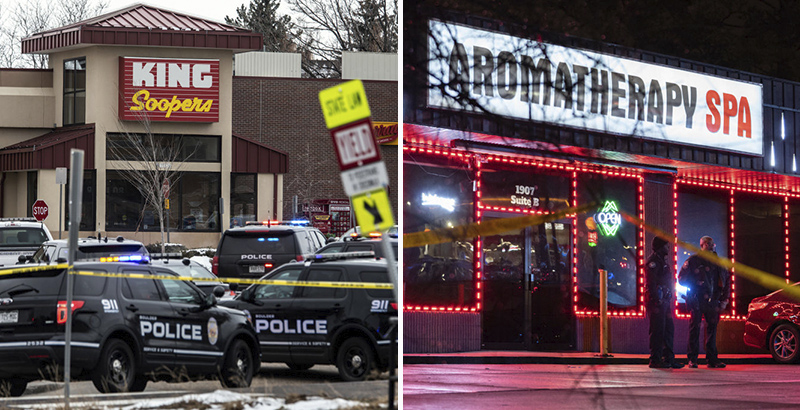
As the pandemic spread across the country, students were swept from their classrooms and isolated in their homes, raising concern that the instability could result in devastating emotional health implications and widespread learning loss. But it also came with an unsettling silver lining: A year without a single mass school shooting.
The trend wasn’t unique to schools. Until this month, there wasn’t a single mass shooting in a public space during the pandemic, according to data from The Violence Project, a nonprofit research center focused on reducing such tragedies. The group uses a narrow definition for the incidents, often called “active shootings,” to include those in which four or more people are killed in a public location, like a school, and isn’t connected to a felony such as an armed robbery. But that doesn’t mean that fatal shootings — including on school campuses — stopped altogether. In fact, firearm fatalities in the U.S surged in 2020.
Now, in the wake of back-to-back mass shootings this month in Colorado and Georgia as communities reopen, school safety experts said the carnage should serve as a wake-up call for educators, warning about the potential for violent outbursts as students repopulate classrooms. As communities look to resume their pre-pandemic life, forensic psychologist Jillian Peterson, co-founder of The Violence Project, said that routine mass shootings in the U.S. are a devastating part of that reality.
“We’ve sort of forgotten about it,” said Peterson, an associate professor of criminology and criminal justice at Hamline University in St. Paul, Minnesota. “There’s such desperation to get back to normal but our normal is, in the United States we have a lot of horrific mass shootings.”
But such violence, she said, is “not inevitable,” adding that school leaders must work proactively to prevent deadly situations. “There are things that we can be doing to cut this off — that hopefully we can really start doing them now.”
In Washington, the mass shootings marked the return to a partisan stalemate over gun-control measures, even as Democrats control the White House and hold a slim majority in Congress. Shannon Watts, founder of Moms Demand Action, said in a statement that it’s critical for lawmakers on the local and federal level to act swiftly “to protect our communities and schools from gun violence.”
“To say I’m worried about our kids as they return to classrooms is an understatement,” she said. “Only in America do we have such unfettered access to guns and only in America are 100 people killed and 230 more are wounded by guns each and every day.”
President Joe Biden, who has a long legislative history on heightened gun regulations including a 10-year ban on assault rifles, campaigned on a promise to “hold gun manufacturers accountable” and “get weapons of war off our streets.” Since the recent shootings, Biden has pushed the Senate to pass legislation that would expand background checks on gun sales, and has weighed executive orders on gun control. Meanwhile, Sen. Dianne Feinstein, a Democrat from California, announced plans to introduce a federal “red flag” law which, like policies in nearly half of states including Colorado, would allow authorities to seize firearms from people deemed a threat to themselves or others and tend to have more bipartisan support.
Yet during his first press conference as president on Thursday, Biden made clear that heightened gun rules are far from the top of his list.
“The successful presidents, better than me, have been successful in large part because they know how to time what they’re doing,” he said. Republican lawmakers have already made their intentions clear in opposing new gun measures. In a press release, Jason Ouimet, executive director of the National Rifle Association Institute for Legislative Action, said that gun control bills under consideration in Washington are “a transparent attempt” to “restrict the rights of law-abiding Americans under the guise of addressing the violent criminal culture in America.”
Though school shootings have long played a key role in the contentious gun-control debate, such tragedies remain statistically rare and campuses have actually grown safer in recent years.
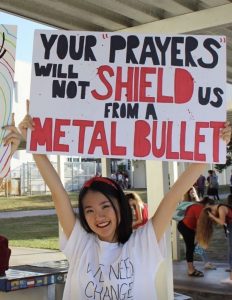
But three years after a mass school shooting in Parkland, Florida, led to nationwide school walkouts in protest for heightened firearm rules, some student activists are sick and tired of waiting for change. Among those who became part of the movement after Parkland is Seo Yoon (Yoonie) Yang, an 18-year-old student from Tennessee who called the Biden administration “the strongest in history on gun safety.” After the pandemic exacerbated what she called a “gun violence epidemic,” she said it’s important for Biden to address the issue for what it is: A public health crisis.
“Students don’t want thoughts and prayers,” said Yang, a member of the Students Demand Action National Advisory Board. “We want action.”
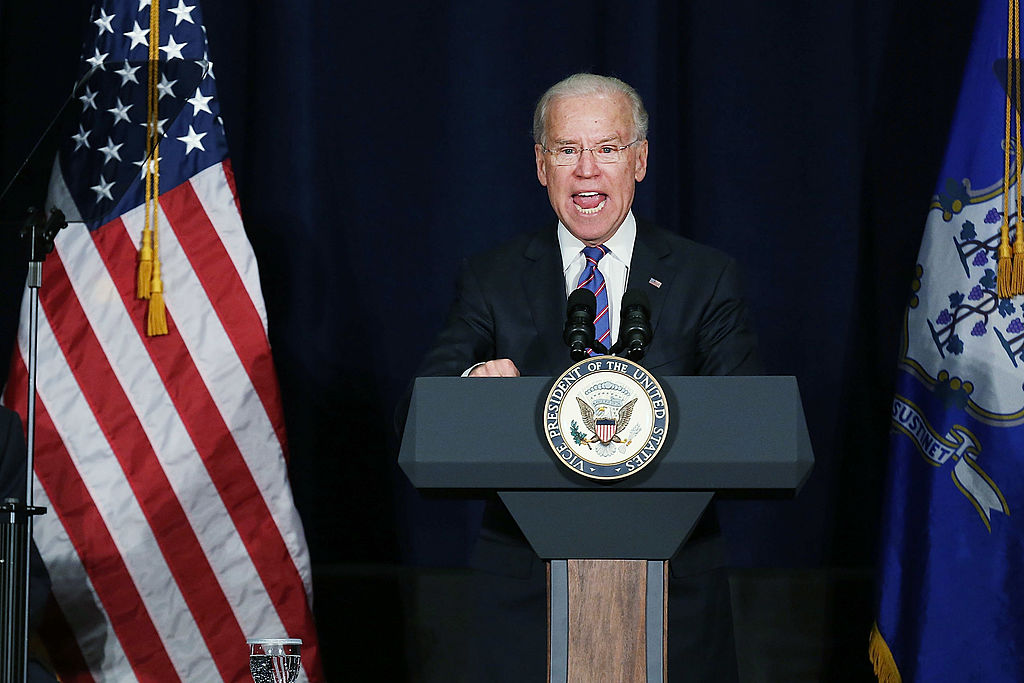
Building a more inclusive movement
Peterson offered a straightforward explanation for the lack of mass shootings in public during the pandemic. With the bulk of schools and businesses closed, she said “the opportunity hasn’t been there” as people avoided gathering en masse.
But the Gun Violence Archive, another tracker, reported a marked uptick in gun violence in 2020, accounting for more than 43,500 deaths, including 24,000 that were the result of suicide. More than 5,000 youth 17 and younger suffered a firearm-related injury or death in 2020, more than at any other point since 2014 when the archive began tracking such incidents. Overall, communities of color were disproportionately affected by gun violence last year, with incidents encompassing domestic disputes, gang violence and robberies.
The surge in 2020, researchers theorized, could be the result of social issues exacerbated by the pandemic, including unemployment and economic uncertainty, heightened anxiety and depression, social isolation and a surge in firearm sales. While 95 percent of firearm incidents in the archive didn’t result in death, Peterson said that most incidents resulting in four or more deaths were the result of domestic violence.
The pandemic’s effects on youth mental well-being has concerned school safety experts as children return to schools. Active shooters don’t share common traits that could allow officials to identify potential perpetrators based on demographics alone, according to a 2018 report by the Federal Bureau of Investigation. For example, just a quarter of shooters in the study had ever been diagnosed with a mental illness. However, most were experiencing life stressors, including financial strain, school conflicts and behavioral health issues like depression and anxiety. Additionally, they often disclose their plans in advance to those around them, providing a window for officials to intervene.
Such factors may have played a role in the string of shootings at Atlanta-area spas, which resulted in eight deaths, and the mass shooting at a grocery store in Boulder, Colorado, which resulted in 10 fatalities. The 21-year-old suspect in the Boulder attack may have been suffering from mental illness and had become “anti-social” as a result of Islamophobic bullying in high school, his brother told reporters. While a high school student in 2017, the suspected gunman was arrested and pleaded guilty to third-degree assault, a misdemeanor, for attacking a classmate in a classroom.
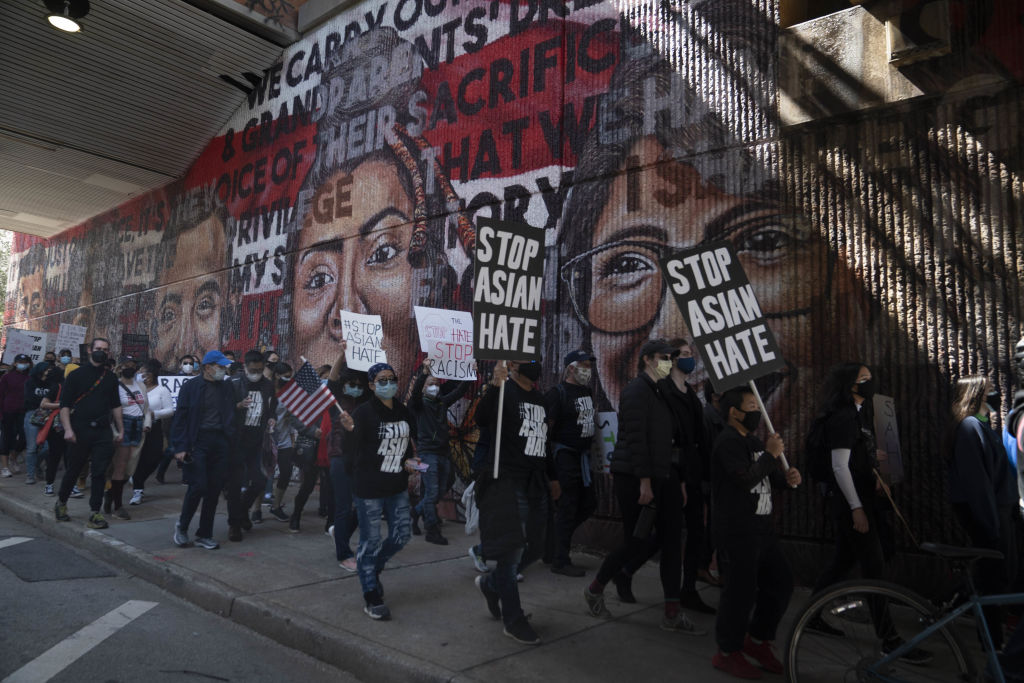
Meanwhile, the Georgia shootings, which resulted in the deaths of six Asian women, has raised concern that they’re part of a surge in anti-Asian hate crimes during the pandemic. The 21-year-old suspect told police the attack was motivated by a sex addiction and not racism.
Yang, who is Asian American, said she was devastated by the tragedy in Atlanta, noting that it unfolded just a few hours from where she lives. It was particularly difficult, she said, because she’s also been subjected to anti-Asian harassment at school and online.
Anti-Asian hate that has “led to the killings and the deaths of many individuals in our community has been really difficult for me to digest but, at the same time, unfortunately, it hasn’t been too surprising,” she said. Given the spike in anti-Asian hate crimes in the U.S., she said it’s important for educators to ensure that students are safe from harassment.
“When we have those issues of discrimination and prejudice infiltrate the school walls, we create an atmosphere where students no longer are primarily concerned about their education when they enter school.”
Like the pandemic itself, gun violence over the last year has disproportionately affected communities of color, a reality the group March For Our Lives is hoping to address three years after their advocacy created a national movement for new gun laws following the Parkland shooting. Through a mutual aid initiative, the group plans to distribute nearly $500,000 to activists of color working to combat gun violence in their communities. The group said in a March 18 news release that the effort recognizes that communities of color bear the brunt of gun violence but “have not received the resources and support attained by white organizations.”
“March For Our Lives is on a journey to truly support and center the people and communities most impacted by gun violence, and shifting resources through mutual aid is just one way of doing that,” Alexis Confer, the group’s executive director, said in the release. “We can only win this fight by working together.”
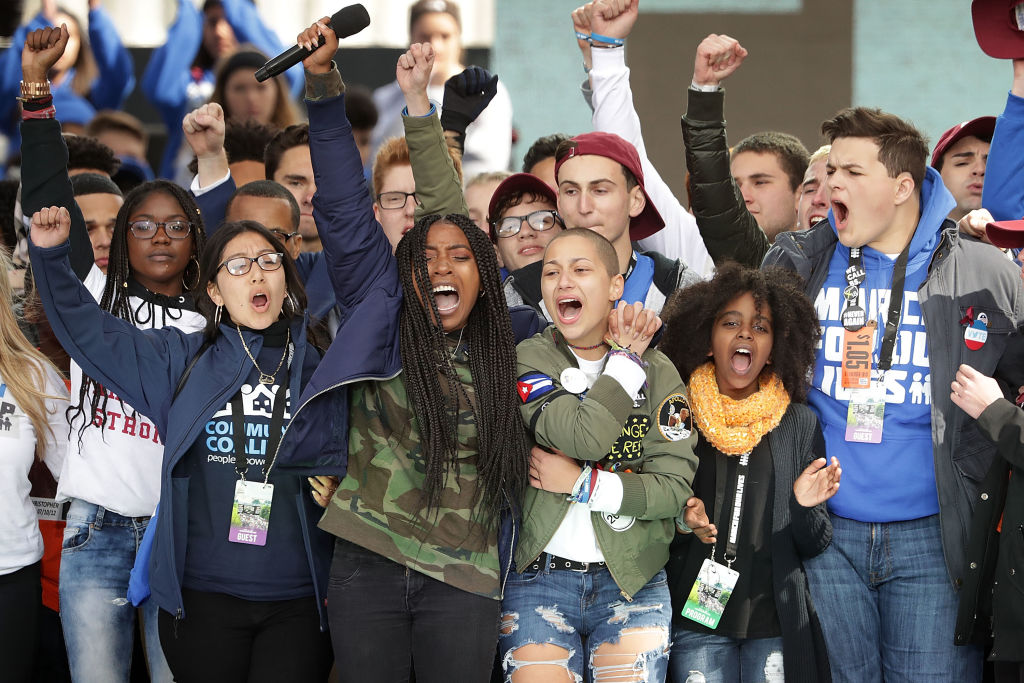
The pandemic’s impact on student well-being
Even as the drama over gun control enters a new act in Washington, campus safety experts said there are tangible steps that education leaders can take now to ensure a safe return to in-person learning. Brandon Stratford, the deputy director of education research at the nonprofit Child Trends, said the pandemic’s havoc on schools came with another bright spot: A newfound recognition that educators play a critical role in developing and supporting youth mental well-being.
“I think you’d be hard-pressed to find very many people these days who say that mental health and social-emotional wellness are not in the realm of schools,” he said. “We do need to be thoughtful about the mental health and social-emotional supports that are put in place in schools.”
For example, many states’ school reopening plans outline strategies that schools can use to help students manage their emotions.
Consultant Kenneth Trump, who advises school districts on emergency planning, said he’s observed a return to violent incidents in schools as kids return to buildings. But he differed from Stratford, noting that many school leaders have been “tunnel-vision focused on COVID,” and have “done very little if anything to dust off their traditional school emergency preparedness guidelines.” Under such conditions, he worries that educators could get caught off guard.
As more students return, “confrontations, threats and even violence are going to kick right back in as if they haven’t missed a beat, and so the school staff have to be prepared,” he said. “There’s a greater probability, given the mental health implications of COVID-19, to see some of that manifest itself behaviorally once everybody is back.”
Though there haven’t been mass school shootings with multiple fatalities during the pandemic, several attacks have transpired on campus. Among them is a March 1 shooting at a middle school in Arkansas, which ultimately resulted in the death of a 15-year-old boy. Officials say another student shot the boy in a “targeted” attack in a school hallway.

Jayla Hemphill, a 17-year-old student from Denver and Students Demand Action volunteer, said the shooting at the Boulder grocery store, just a short drive from her home, was frustrating because “we keep having to deal with and cope with the same issues repeatedly.” She was just 8 years old when Trayvon Martin was killed in 2012. That tragedy, along with the mass school shooting in Newtown, Connecticut, less than a year later, have motivated her activism for racial equity and gun control. After Martin was killed, she realized, “That as a black child you can absolutely be shot on the street and there will be no justice for it,” she said.
As the country grapples with the pandemic, she said it’s critical for the Biden administration to take up gun control through the lens of public health. But she acknowledged that partisanship in Washington has made it hard “to create tangible and actionable opportunities to decrease the issue of school shootings,” adding that her school could put a greater emphasis on mental health to keep kids safe.
“My school could probably benefit from increasing accessibility to counselors and psychologists,” she said. “While those resources are absolutely available, they are a very limited resource. Supporting our students that struggle with their mental health is always step one.”
Such initiatives could be backed by a significant new source of federal money. Biden’s pandemic relief law, the American Rescue Plan, provides $126 billion to schools, including funds that can be used to hire more school counselors and enhance mental and social-emotional supports for students.
Peterson, the forensic psychologist, also emphasized the need for schools to better support students’ emotional well-being, noting that risk factors like trauma, suicidal ideation, depression and students “spending a lot of time online in dark corners of the internet” were all elevated over the last year. But she urged schools against taking a punitive approach to campus safety, citing her recent study which found that armed guards weren’t associated with increased safety during school shootings over the last 40 years. She predicted that guards would decrease the number of casualties — but was shocked to find that the opposite was true.
“Schools with an armed officer had three times the number of casualties as schools without one,” she said. In fact, many gunmen intend to die during their attack, perhaps negating the deterrence of a guard, she said.
Rather than hardening schools, she urged districts to create “crisis response teams” that provide help to youth who are going through crisis to ensure they don’t turn to violence. Such efforts, along with safe-storage campaigns that urge parents to store firearms away from the reach of children, could be more effective than firearm rules like stringent background checks. Historically, most school shooters haven’t been old enough to purchase guns and often get them from their parents or other relatives.
“You don’t need an act of Congress to do that,” she said. “You can do that within your own school.”
Get stories like these delivered straight to your inbox. Sign up for The 74 Newsletter

;)
